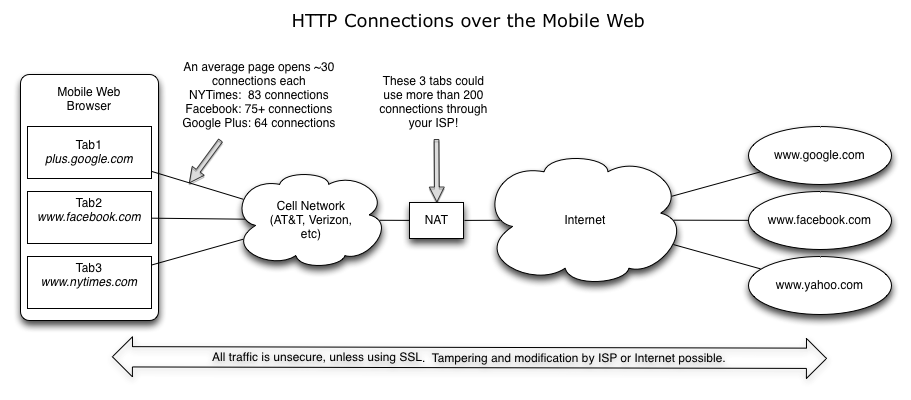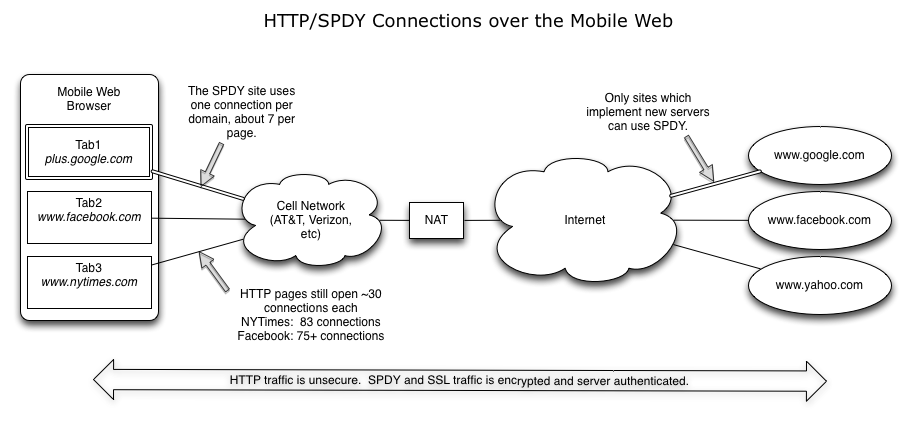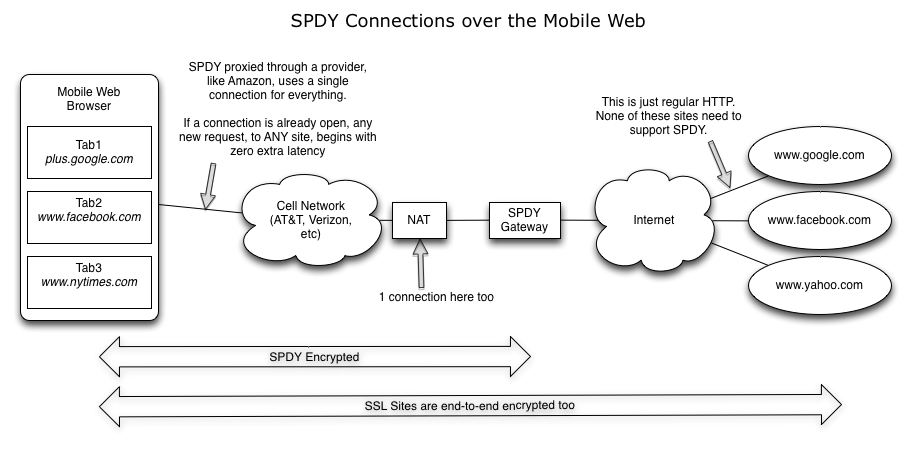I’m generally a pretty free-market kind of guy. But, when it comes to CEO pay, there is no doubt in my mind that America is screwed up and that the free market is failing us. This isn’t the biggest of our problems, but it raises unnecessary doubt about “corporate greed” and about the livelihood of the American Dream.
If you don’t believe me, check out some of the compensation paid to CEOs of companies that are losing massive amounts of money:
- Aubrey McClendon, Chesapeake Energy, paid $18.6M while the company lost $5.8B.
- Carol Bartz, Yahoo, paid $39.0M in the same year she’s fired.
- Timothy Armour, Janus Capital, paid $11.4M while the company lost $757.1M.
- Rupert Murdoch, News Corp, paid $18.0M while the company lost $3.4B.
- Robert Stevens, Lockheed Martin, paid $21.7M while the company lost $3.0B.
- Daniel Hesse, Sprint, paid $10.3M while the company lost $2.4B.
- Gregory Brown/Sanjay Jha, Motorola, paid $11.7M while the company lost $111M.
- Ronald Hovsepian, Novell, paid $5.2M while the company lost $214.6M.
- William Klesse, Valero, paid $11.3M while the company lost $353M.
- Klaus Kleinfeld, Alcoa, paid $14.3M while the company lost $985M.
- Ahmad Chatila, MEMC Electronic Materials, paid $16.7M while the company lost -$68.3M.
- The list goes on and on…
Still not convinced? Why do CEOs get golden parachutes? Why did Leo Apotheker get paid $25M after getting fired 11mos into the job? Do you get one? It makes no sense to ever have a guaranteed payout even if you screw up.
Mark Cuban once again puts this in perspective by demonstrating that the risk-reward for CEOs is out of whack.
Fortunately, it is easy to fix.
The free market should remain free. If a company wants to pay a CEO $50M in advance, they are free to do so. But the Board of Directors, whose sole responsibility is to the shareholders best interests, needs to be able to prove that such a plan is good for the shareholders. If not, the Directors need to be held personally liable.
I’d like to see the SEC adopt new rules about executive pay – including any form of guaranteed pay, pay for non-performance, pay while the company is losing money, or pay for early termination. These rules should outline a very strict and narrow definition for when such compensation would be “good for shareholders”. Common sense should win out here, and the right answer is “almost never”. We all know that if an employee isn’t working out you should fire them with impunity. CEO’s are no exception.
As for the CEOs that are already beneficiaries of guaranteed payouts – if they have any character at all, they should forfeit these benefits and ask their Board of Directors to rework their compensation to something in line with what the rest of the company gets.


